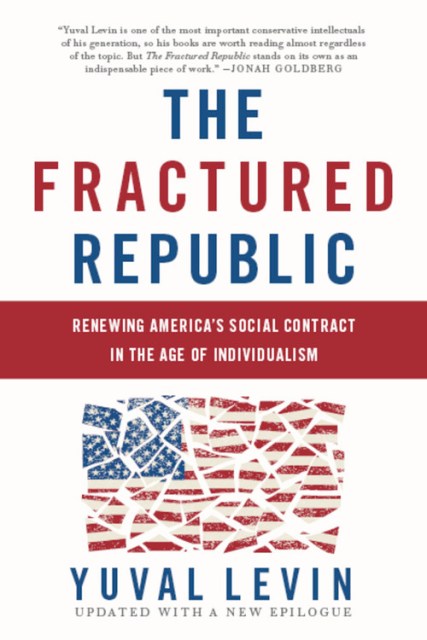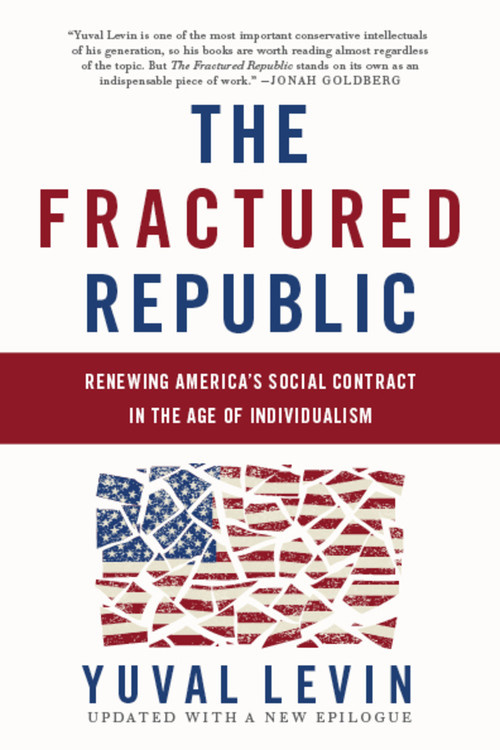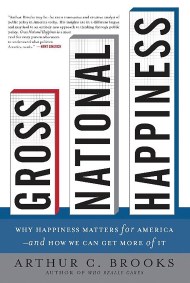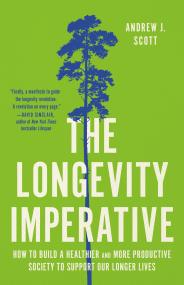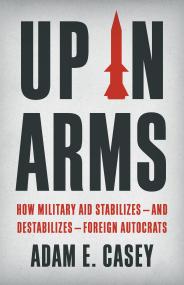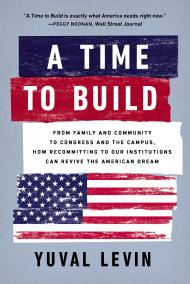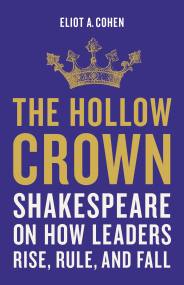Promotion
Use code MOM24 for 20% off site wide + free shipping over $45
The Fractured Republic
Renewing America's Social Contract in the Age of Individualism
Contributors
By Yuval Levin
Formats and Prices
Price
$18.99Price
$23.99 CADFormat
Format:
- Trade Paperback (Revised) $18.99 $23.99 CAD
- ebook (Revised) $11.99 $15.99 CAD
- Audiobook Download (Unabridged)
This item is a preorder. Your payment method will be charged immediately, and the product is expected to ship on or around May 23, 2017. This date is subject to change due to shipping delays beyond our control.
Also available from:
No wonder, then, that Americans — and the politicians who represent them — are overwhelmingly nostalgic for a better time. The Left looks back to the middle of the twentieth century, when unions were strong, large public programs promised to solve pressing social problems, and the movements for racial integration and sexual equality were advancing. The Right looks back to the Reagan Era, when deregulation and lower taxes spurred the economy, cultural traditionalism seemed resurgent, and America was confident and optimistic. Each side thinks returning to its golden age could solve America’s problems.
In The Fractured Republic, Yuval Levin argues that this politics of nostalgia is failing twenty-first-century Americans. Both parties are blind to how America has changed over the past half century — as the large, consolidated institutions that once dominated our economy, politics, and culture have fragmented and become smaller, more diverse, and personalized. Individualism, dynamism, and liberalization have come at the cost of dwindling solidarity, cohesion, and social order. This has left us with more choices in every realm of life but less security, stability, and national unity.
Both our strengths and our weaknesses are therefore consequences of these changes. And the dysfunctions of our fragmented national life will need to be answered by the strengths of our decentralized, diverse, dynamic nation.
Levin argues that this calls for a modernizing politics that avoids both radical individualism and a centralizing statism and instead revives the middle layers of society — families and communities, schools and churches, charities and associations, local governments and markets. Through them, we can achieve not a single solution to the problems of our age, but multiple and tailored answers fitted to the daunting range of challenges we face and suited to enable an American revival.
Genre:
-
"Yuval Levin is one of the most important conservative intellectuals of his generation, so his books are worth reading almost regardless of the topic. But The Fractured Republic stands on its own as an indispensable piece of work."Jonah Goldberg
-
"A rich, nuanced history of the last 70 years... The Fractured Republic is an invaluable resource for understanding how America came to its present predicament and what must be done to rescue it."Charles Murray, National Review
-
"Should be required reading for all those trying to understand contemporary America."Financial Times
-
"Mr. Levin has done conservatism a service by reining in nostalgia. His writing is precise, well-observed and witty in a sober sort of way."The Economist
-
"Mr. Levin is among the Republican Party's great intellectual leaders and has proposed a new direction for conservatism. We'll soon learn whether the party's political leaders follow his wise advice."J.D. Vance, Wall Street Journal
-
"Useful in helping us understand why conservative intellectuals have been so intensely opposed to Donald Trump."New York Times Book Review
-
"A devastating indictment of the welfare state and a good primer for effective conservative policymaking in the future."Tevi Troy, National Review Online
- On Sale
- May 23, 2017
- Page Count
- 288 pages
- Publisher
- Basic Books
- ISBN-13
- 9780465093243
Newsletter Signup
By clicking ‘Sign Up,’ I acknowledge that I have read and agree to Hachette Book Group’s Privacy Policy and Terms of Use
